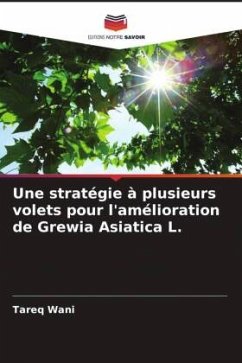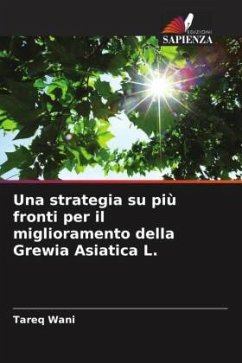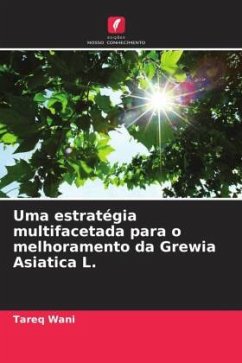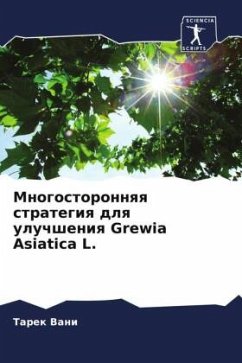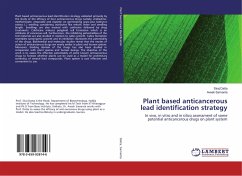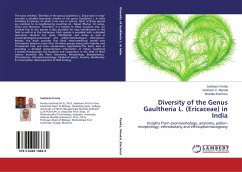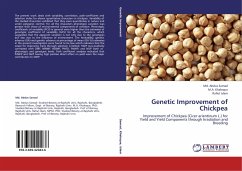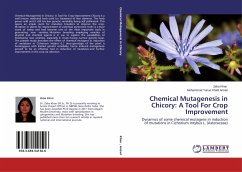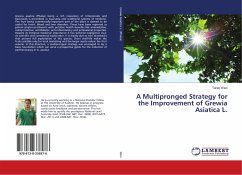
A Multipronged Strategy for the Improvement of Grewia Asiatica L.
Versandkostenfrei!
Versandfertig in 6-10 Tagen
33,99 €
inkl. MwSt.

PAYBACK Punkte
17 °P sammeln!
Grewia asiatica (Phalsa) being a rich repository of triterpinoids and flavonoids is prescribed in Ayurveda and traditional systems of medicine. The fruit being commercially important part of the plant is claimed to be useful for heart, blood and liver disorders. These have been reported as potent phyto-constituents with putative health benefits like antioxidative, radioprotective, antidiabetic, anti-inflammatory and antimalarial properties. Despite its immense medicinal importance it has suffered negligence vis-à-vis scientific and commercial exploration. It is mainly due to two drawbacks tha...
Grewia asiatica (Phalsa) being a rich repository of triterpinoids and flavonoids is prescribed in Ayurveda and traditional systems of medicine. The fruit being commercially important part of the plant is claimed to be useful for heart, blood and liver disorders. These have been reported as potent phyto-constituents with putative health benefits like antioxidative, radioprotective, antidiabetic, anti-inflammatory and antimalarial properties. Despite its immense medicinal importance it has suffered negligence vis-à-vis scientific and commercial exploration. It is mainly due to two drawbacks that prevent full exploitation of this species. Short shelf-life makes the fruits suitable only for local marketing and the larger seeds reduce the fruit volume. In this direction, a multipronged strategy was envisaged to lay a basic foundation which can serve a prospective guide for the induction of parthenocarpy in G. asiatica.



